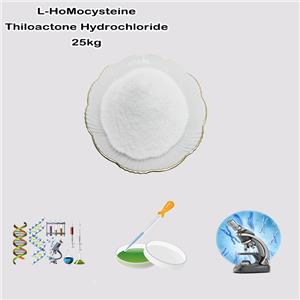
Product Details
| Product Name: L-HoMocysteine Thiloactone Hydrochloride | CAS No.: 31828-68-9 |
| EC-No.: 250-824-1 | Min. Order: 1kg |
| Purity: 98% | Supply Ability: 100kg |
| Release date: 2025/10/29 |
L-Homocysteine Thiolactone Hydrochloride is a chemically reactive form of the amino acid homocysteine. It is not found in proteins but is primarily used in biochemical research and organic synthesis to study homocysteine-related biology and to incorporate homocysteine into peptides or other molecules.
Detailed Breakdown
1. The Components of the Name
L-Homocysteine: Homocysteine is a sulfur-containing amino acid produced in the body during methionine metabolism. The "L-" prefix refers to its specific three-dimensional structure (its stereoisomer), which is the form found in nature and used by the body.
Thiolactone: This describes a unique ring-shaped structure where a thiol (-SH) group reacts with a carboxyl (-COOH) group on the same molecule to form a cyclic ester (lactone). This ring is highly reactive.
Hydrochloride (HCl): This indicates the compound is a salt, making it more stable and soluble in water for laboratory use.
2. Biological Significance and Reactivity
This compound is significant because it is a reactive metabolite implicated in cellular toxicity.
Formation In Vivo: Under certain conditions, homocysteine in the body can be mistakenly used by protein-synthesis machinery and converted into the reactive thiolactone form.
Mechanism of Toxicity: The reactive thiolactone ring can readily react with free amino groups (especially lysine residues) on proteins. This process, called protein homocysteinylation, can:
Alter the protein's structure and function.
Trigger an immune response against the modified proteins.
Contribute to endothelial dysfunction and the development of cardiovascular diseases, Alzheimer's disease, and other conditions associated with high homocysteine levels (hyperhomocysteinemia).
Primary Uses
Biomedical Research: It is a crucial tool for scientists studying the pathological effects of elevated homocysteine. Researchers use it to induce hyperhomocysteinemia in cell cultures or animal models to investigate its role in atherosclerosis, neurodegeneration, and other diseases.
Chemical Synthesis: Its reactivity makes it a useful building block (synthon) for synthesizing more complex molecules, particularly for incorporating homocysteine into peptides or creating homocysteine derivatives.
Summary
| Feature | Description |
|---|---|
| Identity | A reactive, cyclic thioester derivative of the amino acid homocysteine, supplied as a stable hydrochloride salt. |
| Biological Role | A toxic metabolite that can modify proteins, contributing to the pathology of high homocysteine levels. |
| Primary Use | A research chemical to study homocysteine-related diseases and a reagent in organic synthesis. |


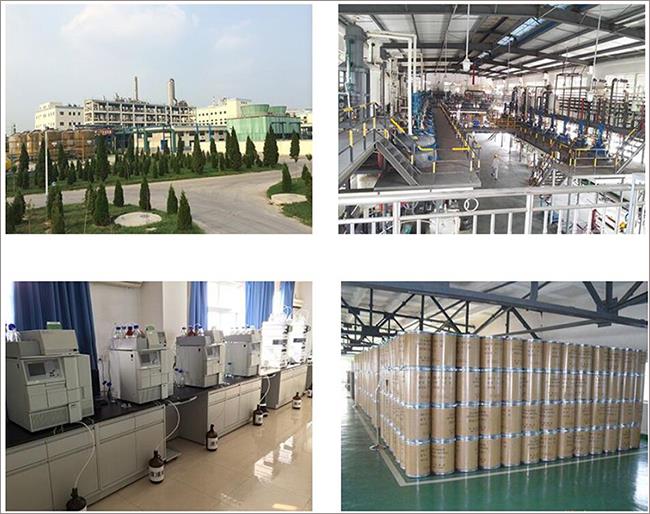
Company Profile Introduction
You may like
Recommended supplier
| Product name | Price | Suppliers | Update time | |
|---|---|---|---|---|
| $0.00/1kg |
VIP3Y
|
Hebei Kingfiner Technology Development Co.Ltd
|
2023-11-16 | |
| $100.00/50kg |
VIP2Y
|
HEBEI SHENGSUAN CHEMICAL INDUSTRY CO.,LTD
|
2024-08-13 | |
| $159.00/5mg |
VIP6Y
|
TargetMol Chemicals Inc.
|
2025-08-21 | |
| $0.00/1removed |
VIP6Y
|
TargetMol Chemicals Inc.
|
2025-10-25 | |
| $6.00/3KG |
VIP8Y
|
Career Henan Chemical Co
|
2019-09-03 |
- Since: 2006-04-03
- Address: Room 2015, No.2 Building Kaixin Mansion, No.107 Jinqiao Ave, Wuhan, China
+8613986145403
info@fortunachem.com




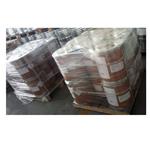

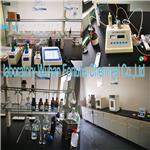
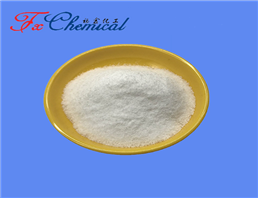
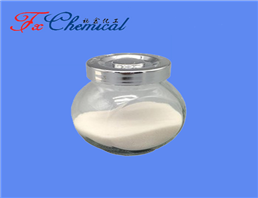


 China
China